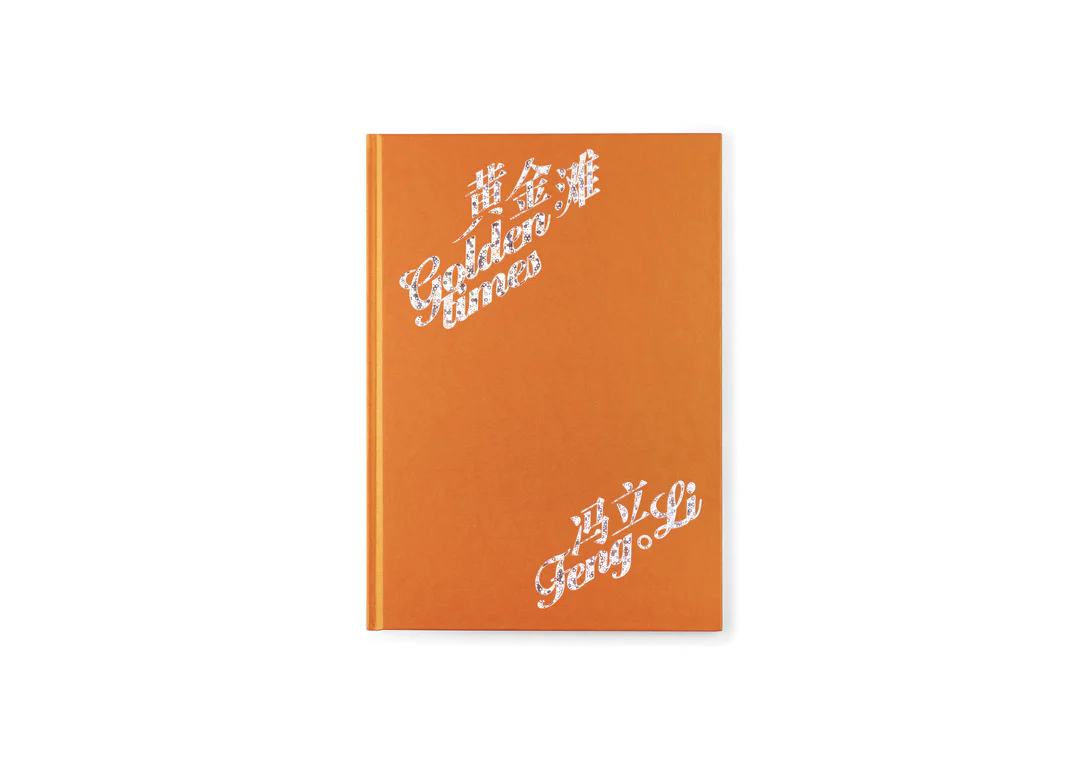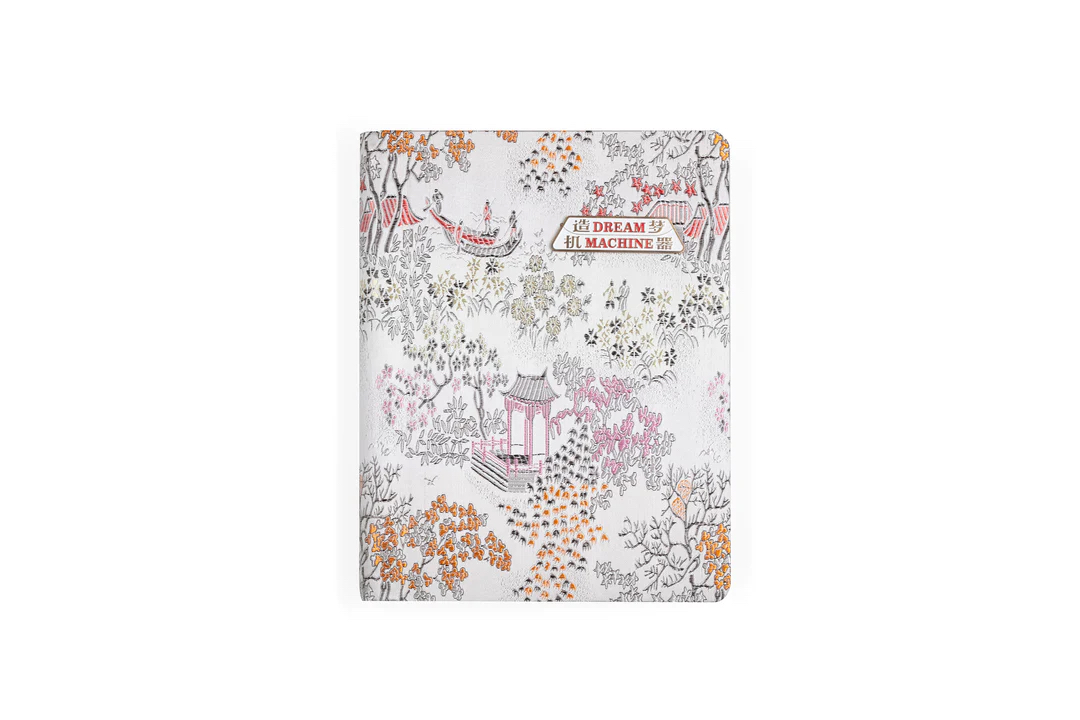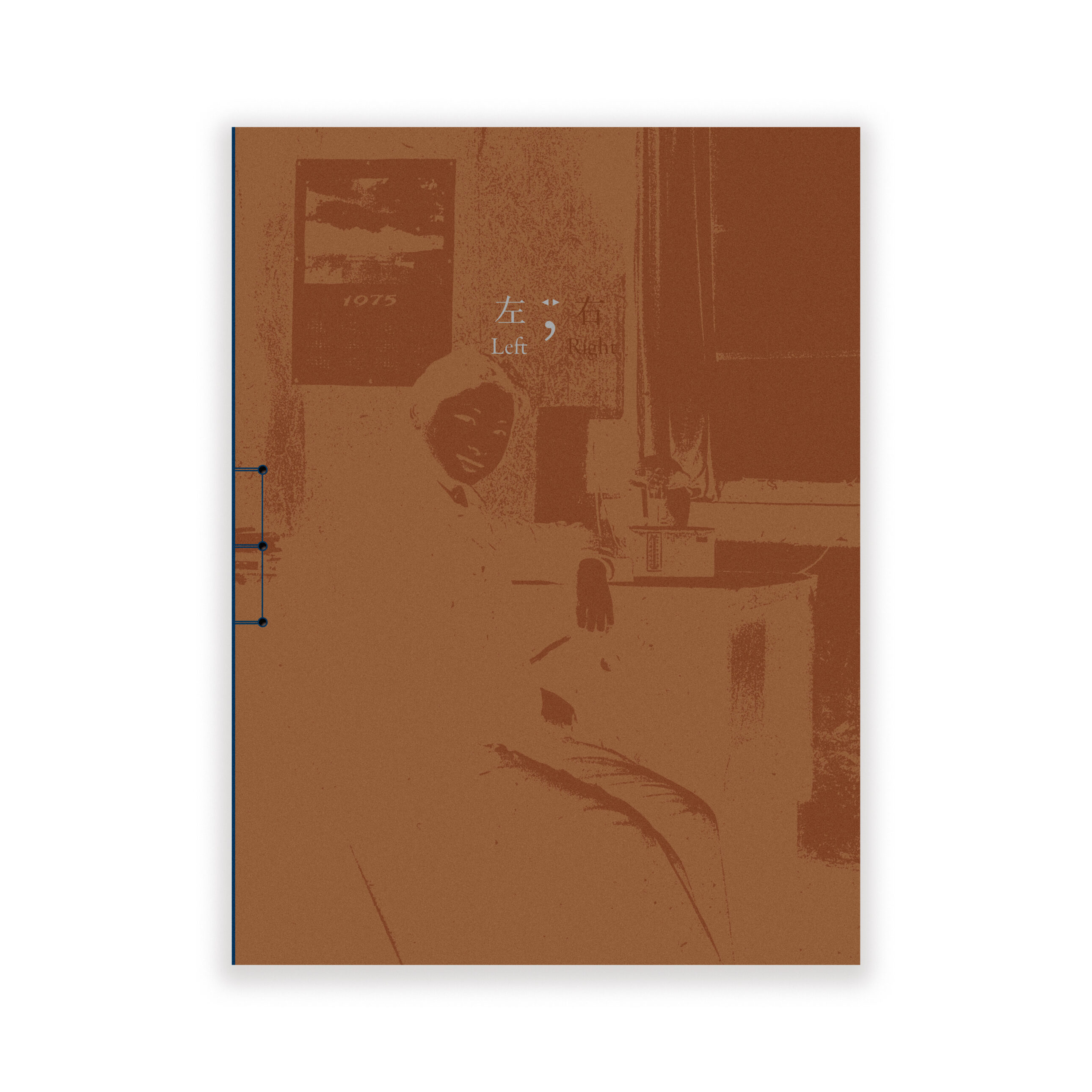shushushushu books

After a film project in Tokyo, Feng Li returned to Chengdu and discovered "Golden Beach," a vibrant dance spot near home. This area, alive with wild disco dancing, food stalls, and playgrounds, reminded Feng Li of childhood temple fairs. Videos online turned it into a bustling hub, especially magical in summer evenings' golden light. Mostly older villagers danced with remarkable endurance, inspiring Feng Li, who filmed the joyous scenes five times in a week. This fleeting experience captured a deep appreciation for life's vibrant celebrations.

Over a century ago, the arrival of automobiles in China was met with awe, similar to the fascination with cameras, both considered powered by 'evil spirits'. Early 20th-century China was open to foreign innovations, integrating them into daily life. The elite displayed luxury imports as status symbols, while the masses enjoyed affordable imitations. Hangzhou's West Lake hosted photographic slide shows, captivating audiences with the idea that 'eyes could take them to many places'. By the 1930s, the city had numerous photographers, offering both black and white and hand-tinted portraits. This enthusiasm for technology persisted, evolving from motorcycles in the 1940s to TVs in the 1980s. A collection of 35 photographs from Chinese antique markets and websites, inspired by a 1960s album, showcases this technological journey. The images, highlighting the allure of cars, planes, and TVs, echo the seamless integration of innovations like the internet, smartphones, and e-bikes into our lives, illustrating China's long-standing passion for technology.

Left, Right, as its title suggests, is a book that may be read from left to right or from right to left, giving it a mirrored structure.
Among approximately 600,000 anonymous photographs in his collection, artist Cai Dongdong catalogs them according to the period, the costume and makeup of the subjects, and notes written on the backs of the photos. Then he compares them in the left and right design as he pairs up these women portraits of similar age, facial structure, and posture from two different historical periods, specifically before and after the founding of the People’s Republic of China. On the right-hand page are photographs taken during the Republic of China between 1912 and 1949, while those on the left-hand page are taken between 1949 and 1978, from the founding of the People's Republic of China to the time of reform and opening up.
Cai Dongdong's works have long been anchored in images, yet they cannot be simply defined as photography: he has always been skillfully navigating between "taking photos" and "making photos"; in addition to adopting existing materials for his own purposes, he creates and constructs new image narratives on top of them. In this creating process, his destruction, deconstruction, and integration of ready-made elements often allow the image itself to break through its two-dimensional plane and point directly to the contradictions and ambiguities hidden in its own language.
The 69 pairs and 138 photographs of Chinese women were once drifting in private spaces, away from the story of power. They are like two streams of a river flowing and intersecting, continuously stimulating polyphonic and intertextual conversations, together advancing the narratives of two different periods while striving to lay the stone for a folk history through images.

Since 2015, Wen-You Cai has returned on multiple occasions to her parents' hometown of Quanzhou, Fujian, to attend the funerals of her deceased relatives. The ceremonies in the Minnan region unfold like grand dramas in which she is both an observer and a participant. Throughout the ceremony, Wen-You is enveloped in the unknown; everything seems meticulously arranged. Amidst the overwhelming grief of losing loved ones, there exists a feeling of confusion, and taking photographs was one of the ways for her to engage in the funeral process. For this photo series, Wen-You was initially confronted by her own fear of death, intertwined with her bewilderment and curiosity about the complex funeral rituals and its uniqueness inherent to Minnan culture. To demystify these subjects, Wen-You, joined by te editions, interviewed a funeral director who provides comprehensive “one-stop services,” a monk who hosts Buddhist ceremonies, and a folklorist of Minnan rituals. Minnan Exit can be interpreted as many things–a family album, a curated collection of photographs, an unfinished journey of discovery, as well as the process of Wen-You's reconciliation with her mortality. Minnan Exit was designed by an independent graphic design studio, RELATED DEPARTMENT. Through the artist's lens, the design team sought inspiration from funeral objects and rituals, to create a visual concept for the publication's structure and layout with the regional characteristics of Minnan.
[+]


